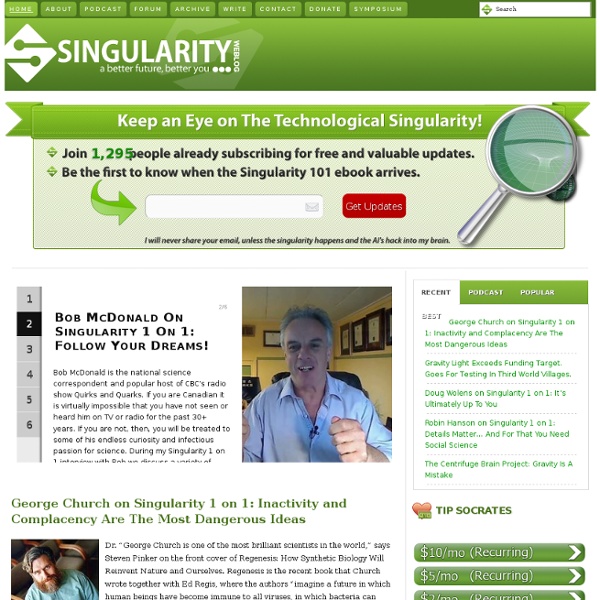



Bible scholar claims Christianity invented as part of ancient Roman psy-ops campaign By Travis GettysThursday, October 10, 2013 12:38 EDT The Christian faith is the result of the most successful psy-ops program in history, according to a self-professed American Bible scholar. Joseph Atwill will present his controversial theory Oct. 19 in London that the New Testament was written by first-century Roman aristocrats as part of a sophisticated government project to help pacify Jews in occupied territories. Atwill, author of “Caesar’s Messiah,” claims he’s found ancient confessions by the scriptures’ authors that they invented Jesus Christ and his story as basically a form of propaganda. “Jewish sects in Palestine at the time, who were waiting for a prophesied warrior Messiah, were a constant source of violent insurrection during the first century,” Atwill said. “The biography of Jesus is actually constructed, tip to stern, on prior stories, but especially on the biography of a Roman Caesar,” he says. [Image via Agence France-Presse]
Korben - Actualité informatique high tech et geek How to build a time machine: Frederic Kaplan at TEDxCaFoscariU Interfaces tactiles, interactives & innovation digitale: Karizmatic.fr The City-2057 “The City”, examines the advances futuristic technology will bring to the home such as humanoid robots and holographic pets. The storyline has Paul, a thirteen-year-old boy accidentally releasing his holographic shark friend into the city’s computer program, halting major city functions and electronics. The year is 2057. Everything is computerized from cars to buildings to clothing. Paul is somewhat of an apprentice to his hacker grandfather, and is already manipulating code at a very young age. Holograms are commonplace in 2057, and most children have holograph projectors embedded within their clothing. These devices project images of anything, which act like GPS devices to guide children around the city of the future safely. When his grandfather creates a hologram shark to replace the dolphin that he currently has, Paul decides to go one step further.
Natural Interaction Urban Outfitters' Co-Founder Is Building A College Campus The co-founder of Urban Outfitters is helping to build a new college campus in Pennsylvania where students don't take tests, get assigned homework, or even go to class. Instead, students who enroll in Scott Belair's "Mountaintop Project" will spend an entire semester innovating and dreaming up solutions to the world's problems, The Allentown Morning Call reports. Belair has given Lehigh University a $20 million grant to turn former steel research labs into a satellite campus that will operate like a study abroad program. "There will be no lecture halls and no lectures," Belair, who graduated from Lehigh in 1969, told the newspaper. The school is using Belair's grant to execute his vision within the 120,000 square feet of space inside two factories that once belonged to Bethlehem Steel. "I envision a 24-hour campus with hundreds of students," Belair told the Morning Call. "When I first heard of it I was really nervous, because I wasn't sure about the expectations.
Pixelverse Blog